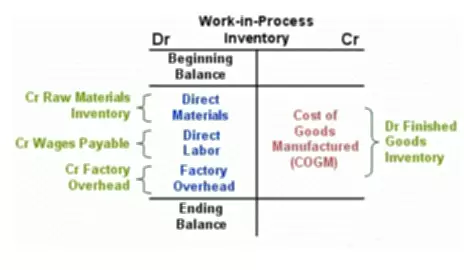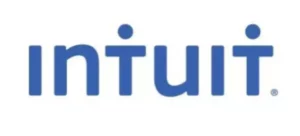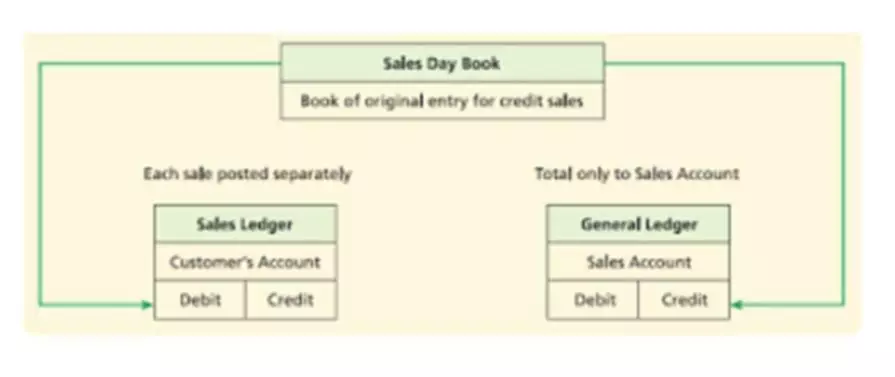Amortization of Intangible Assets Formula + Calculator
Two of these concepts—depreciation and amortization—can be somewhat confusing, but they are essentially used to account for decreasing value of assets over time. Specifically, amortization occurs when the depreciation of an intangible asset is split up over time, and depreciation occurs when a fixed asset loses value over time. As for the balance sheet, the amortization expense reduces the appropriate intangible assets line item – or in one-time cases, items such as goodwill impairment can affect the balance. Unlike intangible assets, tangible assets might have some value when the business no longer has a use for them. For this reason, depreciation is calculated by subtracting the asset’s salvage value or resale value from its original cost. The difference is depreciated evenly over the years of the expected life of the asset.
Considering the $100k purchase of intangibles each year, our hypothetical company’s ending balance expands from $890k to $1.25mm by the end of the 10-year forecast. Upon dividing the additional $100k in intangibles acquired by the 10-year assumption, we arrive at $10k in incremental amortization expense. The deciding factor on whether a line item gets capitalized as an asset or immediately expensed as incurred is the useful life of the asset, which refers to the estimated timing of the asset’s benefits. EBITDA is not a metric recognized under generally accepted accounting principles (GAAP).
Example of a declining balance amortization
Early in the life of the loan, most of the monthly payment goes toward interest, while toward the end it is mostly made up of principal. The dollar amount represents the cumulative total amount of depreciation, depletion, and amortization (DD&A) from the time the assets were acquired. Assets deteriorate in value over time and this is reflected in the balance sheet.
In a loan amortization schedule, this information can be helpful in numerous ways. It’s always good to know how much interest you pay over the lifetime of the loan. Your additional payments will reduce outstanding capital and will also reduce the future interest amount. Therefore, only a small additional slice of the amount paid can have such an enormous difference.
Example: Depreciation Expense
In other words, amortization is recorded as a contra asset account and not an asset. Consequently, the company reports an amortization for the software with $3,333 as an amortization expense. The term depletion expense is similar to amortization, though it refers only to natural resources such as minerals and timber. The rate at which amortization is charged to expense in the example would be increased if the auction date were to be held on an earlier date, since the useful life of the asset would then be reduced. Because EBITDA is a non-GAAP measure, the way it is calculated can vary from one company to the next.
- These options differentiate the amount of depreciation expense a company may recognize in a given year, yielding different net income calculations based on the option chosen.
- Those items should also be classified by nature or function, in the same way as usual or non-exceptional amounts.
- Amortization is an accounting method used to spread out the cost of both intangible and tangible assets used by a company.
- The cost of long-term fixed assets such as computers and cars, over the lifetime of the use is reflected as amortization expenses.
- This technique is used to reflect how the benefit of an asset is received by a company over time.
EBITDA is especially widely used in the analysis of asset-intensive industries with a lot of property, plant, and equipment and correspondingly high non-cash depreciation costs. In those sectors, the costs that EBITDA excludes may obscure changes in the underlying profitability—for example, as for energy pipelines. If a company doesn’t report EBITDA, it can be easily calculated from its financial statements. We believe the presentation of items in the income statement will continue to be a heightened area of focus and subject to future change. Another accounting policy election is the presentation of expenses by either their function or nature.
What is Amortization Period?
One final consideration on depreciation and amortization expenses In strict terms, amortization and depreciation are non-cash expenses. Depreciation is typically used with fixed assets or tangible assets, such as property, plant, and equipment (PP&E). Depreciation is a method of allocating the cost of an asset over its expected wave integrations useful life. Instead of recording the purchase of an asset in year one, which would reduce profits, businesses can spread that cost out over the years, allowing them to earn revenue from the asset. Valuing intangible assets that were developed by your company is much more complex, because only certain expenses can be included.
- After the acquisition, the company added the value of Milly’s baking equipment and other tangible assets to its balance sheet.
- In almost every area where the term amortization is applicable, the payments are made in the form of principal and interest.
- EBITDA is not a metric recognized under generally accepted accounting principles (GAAP).
- Depletion is another way that the cost of business assets can be established in certain cases.
In other words, the depreciated amount expensed in each year is a tax deduction for the company until the useful life of the asset has expired. Both depreciation and amortization are accounting methods designed to help companies recognize expenses over several years. The expense reduces the amount of profit, allowing a company to have a lower taxable income. Since depreciation and amortization are not typically part of cost of goods sold—meaning they’re not tied directly to production—they’re not included in gross profit.
Options of Methods
Here we highlight certain items common for commercial or industrial companies and how they should be presented in the income statement. Under IAS 1[1], the income statement is the primary financial statement used to provide an understanding of a company’s performance and operations over a defined period of time. Because of its importance, its format is often debated and scrutinized by preparers, users, regulators, standard setters and others. Depending on the asset and materiality, the credit side of the amortization entry may go directly to to the intangible asset account.
Proportional Amortization Applicable to Renewable Energy Tax … – Novogradac
Proportional Amortization Applicable to Renewable Energy Tax ….
Posted: Tue, 06 Jun 2023 07:00:00 GMT [source]






